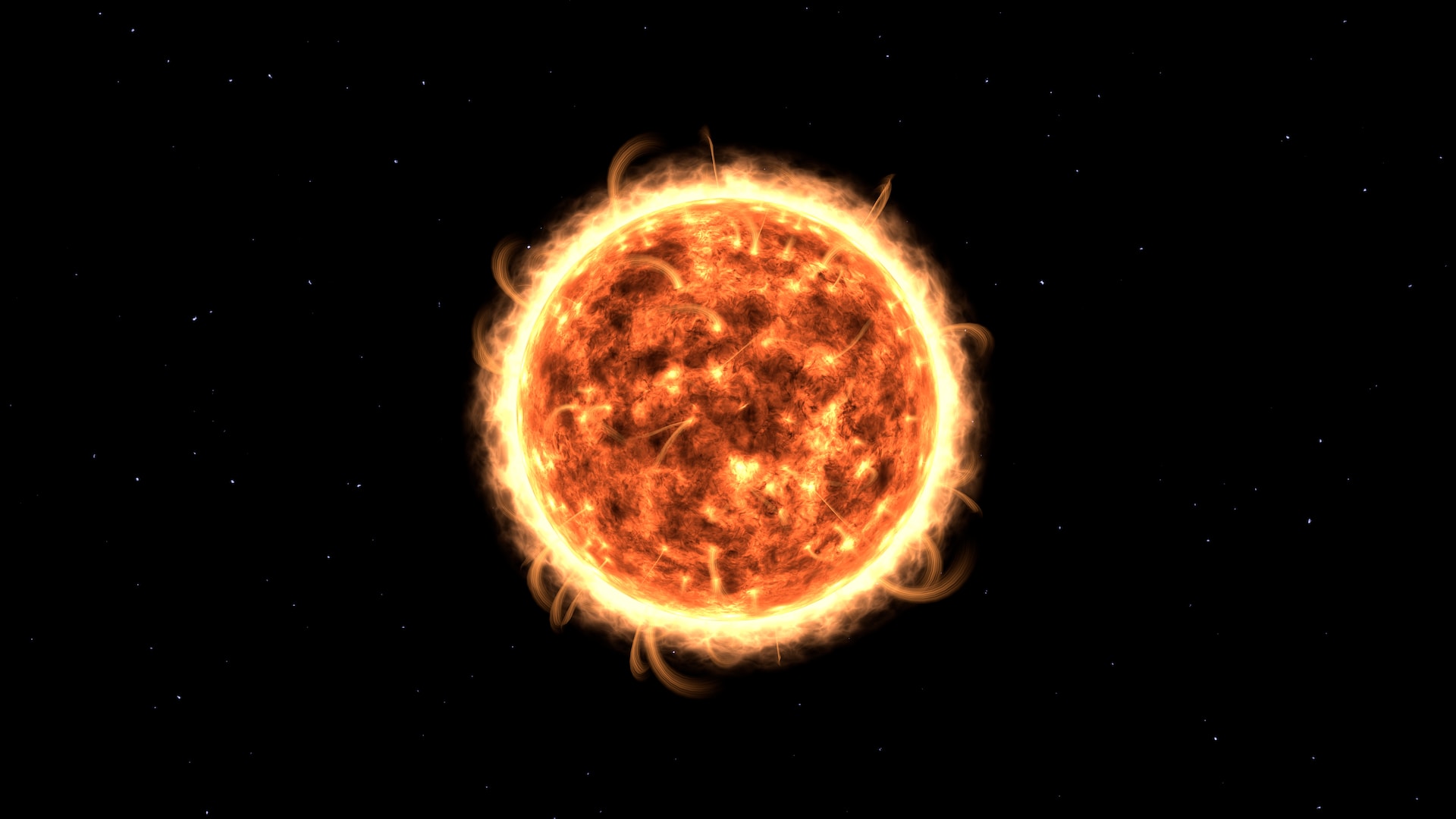Energy of the Future: A Huge Step Towards True Clean Energy

For the second time in human history, a nuclear fusion reaction gave more energy than it took to create it.
U.S. scientists at the Lawrence Livermore National Laboratory have achieved a significant leap in nuclear fusion, surpassing their prior accomplishment. Their recent experiment yielded even more energy than a previous test in December, marking a crucial advancement toward the goal of obtaining clean energy through fusion. Although practical fusion application may be years away, this achievement emphasizes fusion’s potential as an abundant and eco-friendly energy source.
Fission versus Fusion
Unlike nuclear fission, fusion combines atomic nuclei. This creates energy through light and heat and is the process that powers our sun and other stars.
Fission, on the other hand, is the process of splitting atomic nuclei. This is what powers our current nuclear power plants, as well as weapons.
Why is this the Potential Future of Clean Energy?
If you dream of clean, plentiful energy without many of the complications of our current nuclear energy, fusion might be the answer. Fusion offers energy without fission’s drawbacks. It produces a lot less waste then fission. It does not require uranium-235 or plutonium-239, which are expensive, need to be mined, and leave behind radioactive waste. Instead, the most common material for fusion is hydrogen, which is plentiful and easily acquired. Once the energy equation is solved, it could help provide clean and abundant energy source that is more appealing then our current forms.
Energy of the Future… When?
Unfortunately, practical fusion energy remains a distant prospect. Fusion requires extremely high temperatures and pressures which have made it challenging to study and advance. The current energy produced is only enough to cover the energy used to power the lasers facilitating the fusion. Additionally, fusion reactions can occur only once a day due to the need for laser cooling and fuel target replacement. To be commercially viable, fusion plants must achieve rapid, repeated reactions several times per second.
In essence, this breakthrough underscores fusion’s potential for future energy needs, while acknowledging the hurdles that must be overcome for its realization.
Read more about Clean Limitless Power here.